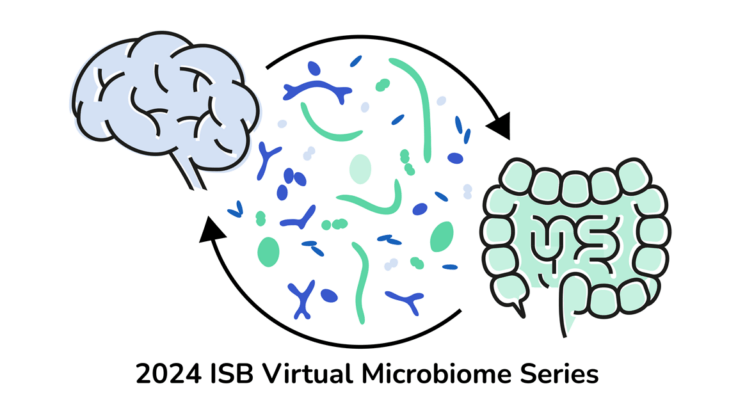Correcting Batch Effects in Microbiome Data
 gibbons.isbscience.org/news/2018/05/09/batch-effects-microbiome/
gibbons.isbscience.org/news/2018/05/09/batch-effects-microbiome/
Batch Effects in 16S Datasets Complicate Cross-Study Comparisons
High-throughput data generation platforms, like mass-spectrometry, microarrays, and second-generation sequencing are susceptible to batch effects due to run-to-run variation in reagents, equipment, protocols, or personnel. Currently, batch correction methods are not commonly applied to microbiome sequencing datasets. In this paper, we compare different batch-correction methods applied to microbiome case-control studies. We introduce a model-free normalization procedure where features (i.e. bacterial taxa) in case samples are converted to percentiles of the equivalent features in control samples within a study prior to pooling data across studies. We look at how this percentile-normalization method compares to traditional meta-analysis methods for combining independent p-values and to limma and ComBat, widely used batch-correction models developed for RNA microarray data. Overall, we show that percentile-normalization is a simple, non-parametric approach for correcting batch effects and improving sensitivity in case-control meta-analyses.
You can read more about this work in our recent PloS Computational Biology article.
The code for running percentile normalization is available on github and can be applied as a QIIME2 plugin.





